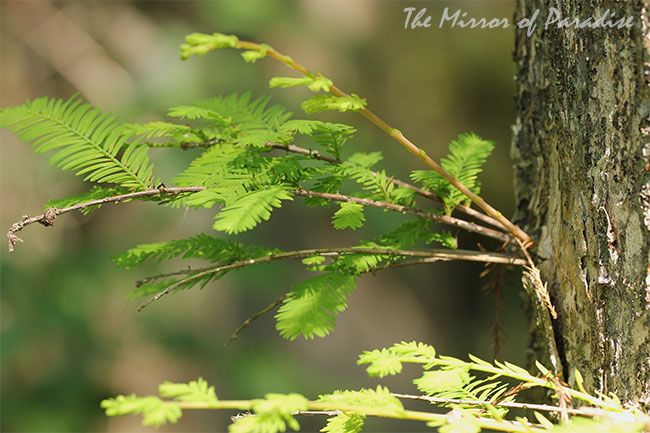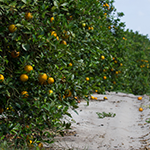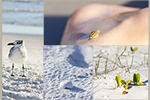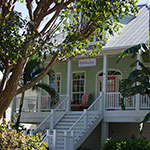FLORIDA'S LANDSCAPES
The weird spring of South Florida
April 2016, Fort Lauderdale, Florida
When spring comes around, also the Web pages start blossoming with
tulips, hyacinths and lilacs. First with photos of what will hopefully
soon be seen in the gardens, and then with photos of all those small
miracles that have just bloomed.
It is easy to perceive behind
these images the joy of new-found colors, of the green growing again, of
the sunshine promising long hours out of doors.
But it’s not like
that here in the south of Florida. No – we don’t have all that. We have
a long, a very long uninterrupted summer that lasts from the 1st of
January until the 31st of December. Yes, sure, we’re those lucky ones
without any cold, but have you ever tried eating the same dish day after
day for weeks, months, even years? Try it. Some years ago, shortly after
arriving in Italy, I was in love with spaghetti in clam sauce. I ate it
every weekend – Friday evening in friends’ houses, Saturday in some
restaurant, Sunday for lunch that I prepared myself. Like that, one
weekend after another. Six months later I got food poisoning, followed
by an allergy. To shellfish. All of them. I had to give up eating them
for years.
Cypress tree (Taxodium distichum)
Well, it’s the same thing with heavenly Florida – after a while you
dream about rolling in the snow. If for no other reason – to appreciate
even more afterwards being able to leap out of bed even in the middle of
January without freezing to death.
But, to get back to the spring
– here down south it’s not all that obvious and visible. A bit due to
the intrinsic characteristics of the place and a bit the “fault” of one
coming from up north to spend the winter here and wanting to find the
gardens verdant, flourishing and if possible also blooming. This desire
has led to an inordinate use of tropical vegetation, very different than
what grows spontaneously in Florida. The majority of these plants remain
green throughout the year and their seasonal changes are imperceptible
and negligible.
Some of them however offer us an amazing spectacle.
Between the end of March and the first week of April, the streets and
gardens of southern Florida are endowed with a brilliant yellow
brightness, as though fragments of sunshine had rained down on the
towns. Tabebuia trees (Tabebuia caraiba) originating in South America
have become so well acclimatized here that by now they form an
inseparable part of the landscape and in spring, with their yellow
clothing, they indicate the passage of the seasons. Somewhat less
present, but surprising all the same, is the Pink Tabebuia (Tabebuia
heterophylla), with its branches inundated with flowers before it
sprouts its leaves. Such a pity that this spectacle lasts only a few
days. Perhaps that is the reason why it is less popular than its yellow
cousin.
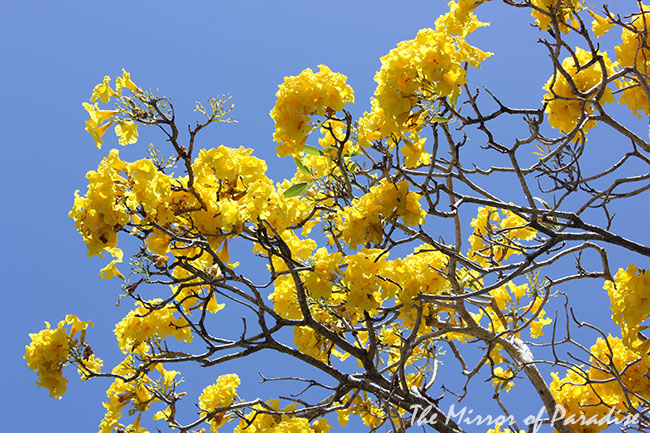
Yellow Tabebuia (Tabebuia caraiba)
But to be able to see a real “Floridian” spring change, one has to
go out of town and make one’s way into where the Florida that once was
still exists.
To the west of Miami starts what used to join the
two coasts of southern Florida in the Twenties and which, regretfully,
divided and compromised for ever the natural equilibrium of the
Everglades – the Tamiami Trail. Two years ago, more or less in this
period of the year, I started along it to look for the Big Cypress
Preserve.
It seemed I would never get there and that the flat landscape of the Everglades would never end. But then at a certain point the marshes became a mass of thicker and thicker bushes and then, suddenly round a bend – the great surprise, a new world! A wall of trees, some of them bare, others already clad in a fresh iridescent green, with their broad feet immersed in the water and their tops dotted with the fiery red of tillanzias in bloom. It was all so unexpected and my surprise so great that, with my mouth gaping open in amazement, I had to pull up at the first widening of the road.
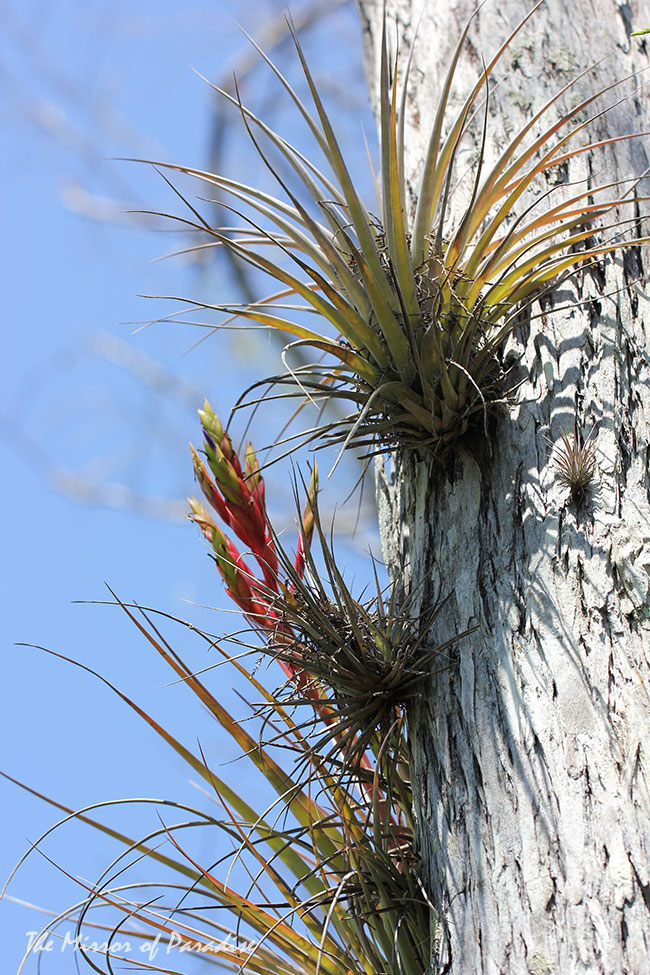
Tillandsia spp.
Without
the noise of the car, I was struck by another marvel of that place – the
silence of the very early morning. At that hour the air was still and
the only thing to be heard was an occasional bird call from the back of
the green tangle of trees. Not even the alligator I could see swimming
in the channel managed to make the slightest sound in the calm water.
Along the channels on both sides of the Tamiami Trail I was able to
glimpse an angler or two with their line.
There is nothing to prepare
you for such a surprise, the spectacle of a Florida totally different
and distant from the classic image of the towns, beaches and palm trees
of the South Beach or Orlando.
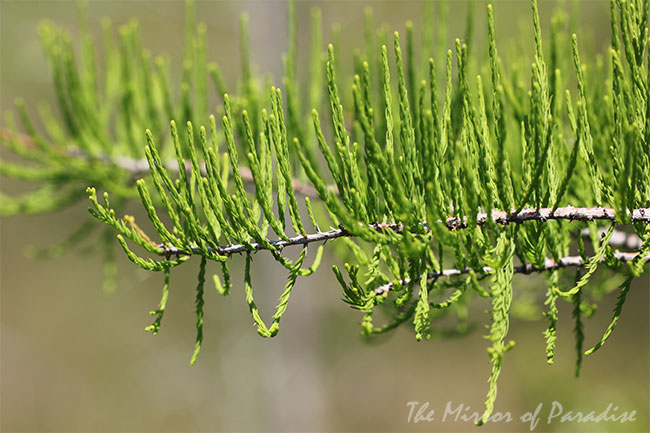
Cypress tree (Taxodium distichum)
Not even those who know the Everglades would be prepared for the
intensity and the difference of the Cypress Preserve. The show continues
along the Tamiami Trail for miles. A few miles after the center of the
visits I made my way into the Kirby Storter Roadside Park. Along a
wooden gangway zigzagging between the cypresses I reached a pond covered
in little white flowers (Nymphoides cristata) that looked like Monet’s water lilies in
miniature. In the midst of these – fish, turtles and alligators.
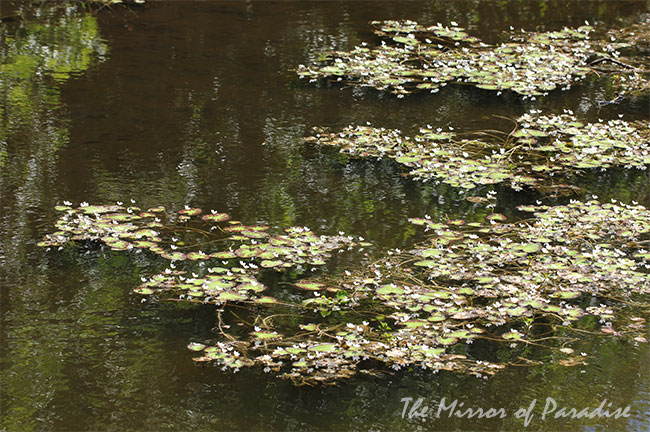
Nymphoides cristata - I just discovered it's on the list of the most invasive plants in Florida
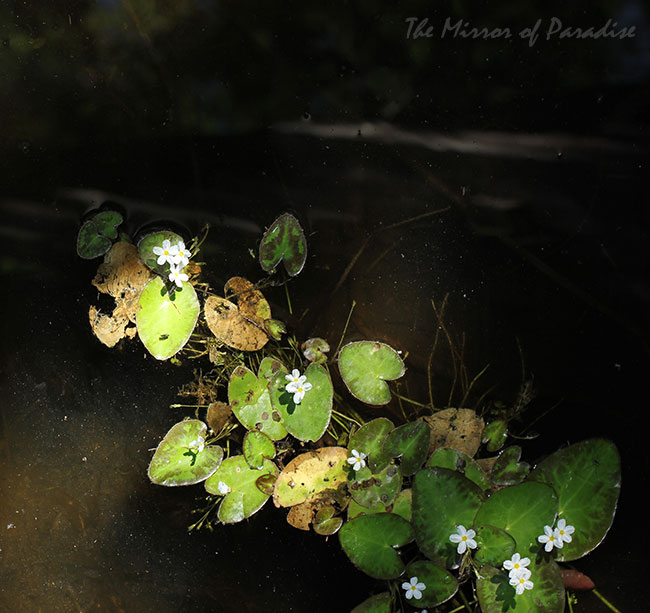
Nymphoides cristata
One of those passing by spoke to me about the nearby Loop Road and I
decided to explore that, too. It’s 20 miles long and you can drive along
it. On its southern side it skirts the wildest and still natural part of
the Everglades. Cellphones don’t work here and when the tourists have
gone, it is hard to meet any humans, and so it’s best always to have
some water and food with you. Just in case…
The cypress trees
(Taxodium distichum), Pond Apples (Annona glabra), Wild Tamarinds
(Lysiloma latisiliquum), Tillanzia (Tillandsia spp.) and Spanish moss
(Tillandsia usneoides) are seen along the road in infinite combinations,
while in the water the blue Pickerel weeds (Pontederia cordata), the
white Duck potatoes (Sagittaria lancifolia) and Alligator’s flag plants
(Thalia geniculata) are constantly moved about by the alligators and a
parade of birds large and small, white or gray, some with a regal
bearing, others looking ridiculously odd.
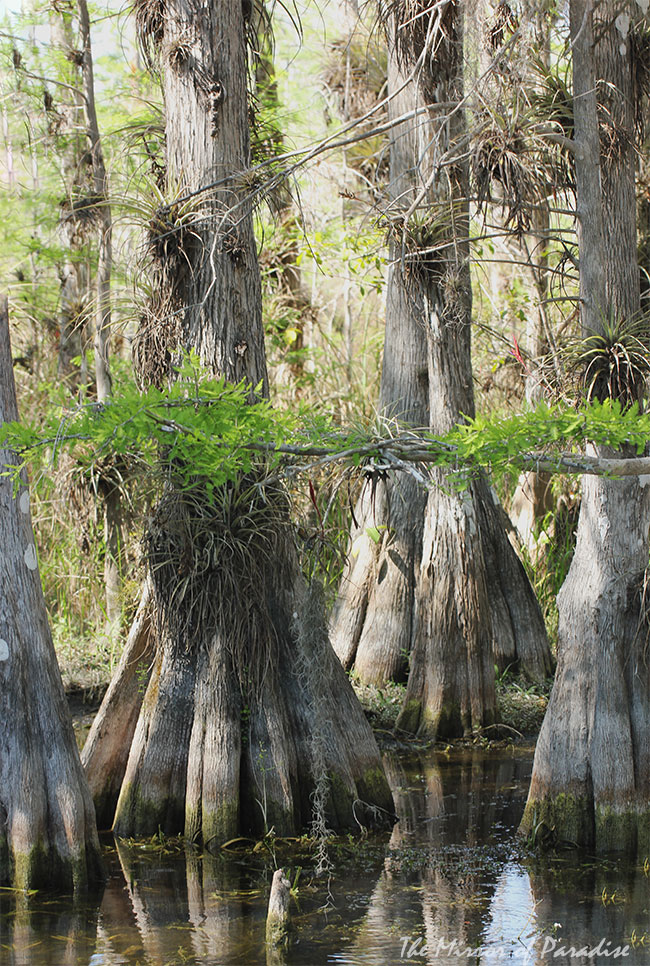
Cypress trees (Taxodium distichum)
I discovered that, armed with a bit more spirit of adventure you can
go on foot into the Reserve (but better with a ranger) and discover
other marvels of the spring – orchids. Not the ones we all know in the
shops, but ones that grow spontaneously although, unfortunately, they
risk disappearing.
The little Bearded Grass Pink (Calopogon
barbatus) with their long, thin stems that are found in the tall grass,
or the ones I suddenly found in front of me while I was busy trying to
pull my feet out of the mud without losing my shoes - an enormous Cowhorn
orchid (Cyrtopodium punctatum) in full bloom. A real treat for the eyes
and a rightful recompense for having wallowed for two hours in the mud,
which came up over the knees.
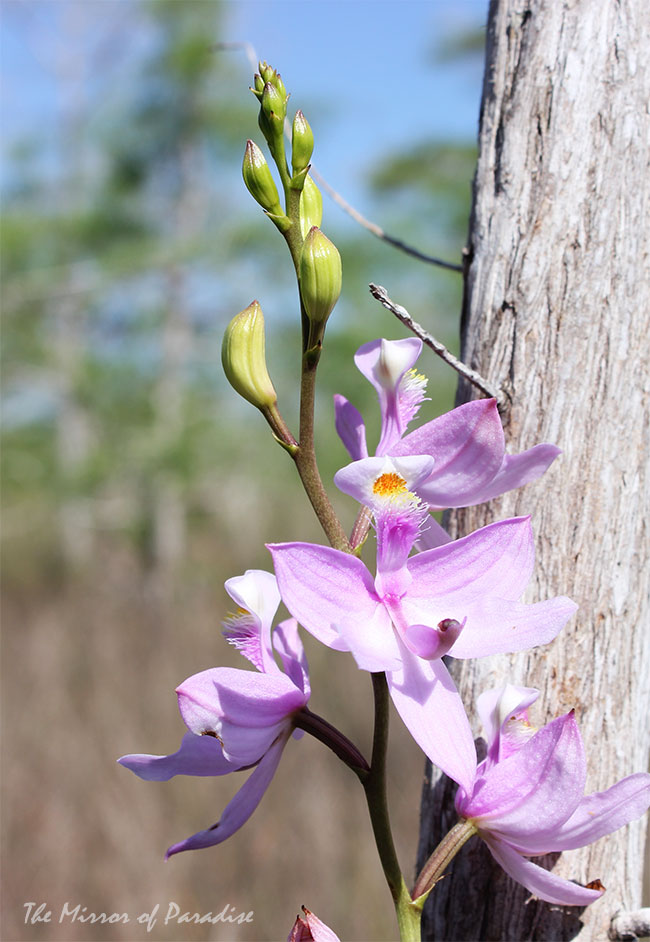
Bearded Grass Pink (Calopogon barbatus)
Spring in Florida is this. Without those eye-catching bulbs, without
white and pink colored orchards, without wisteria, without the scent of
lilac, and without any desire for the summer.
But it’s always
spring, if you know where to look.
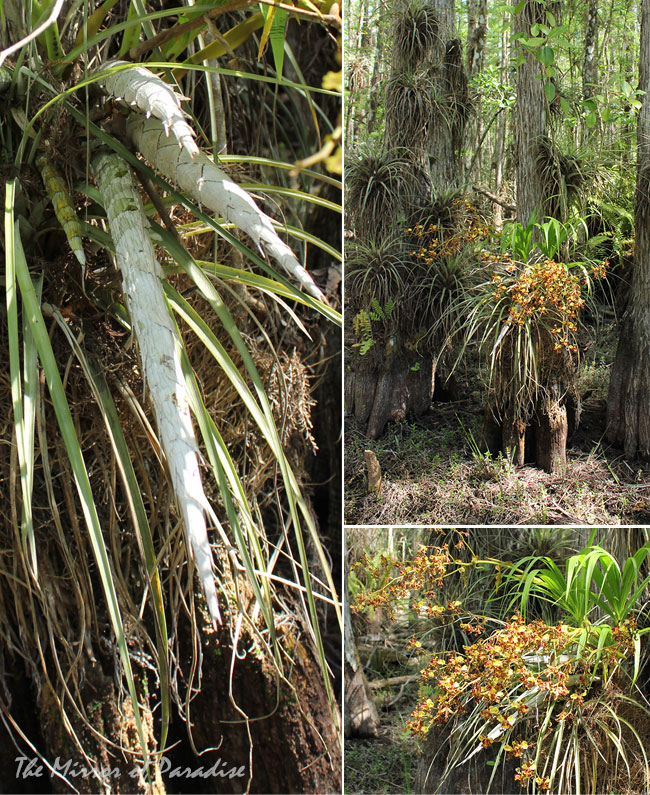
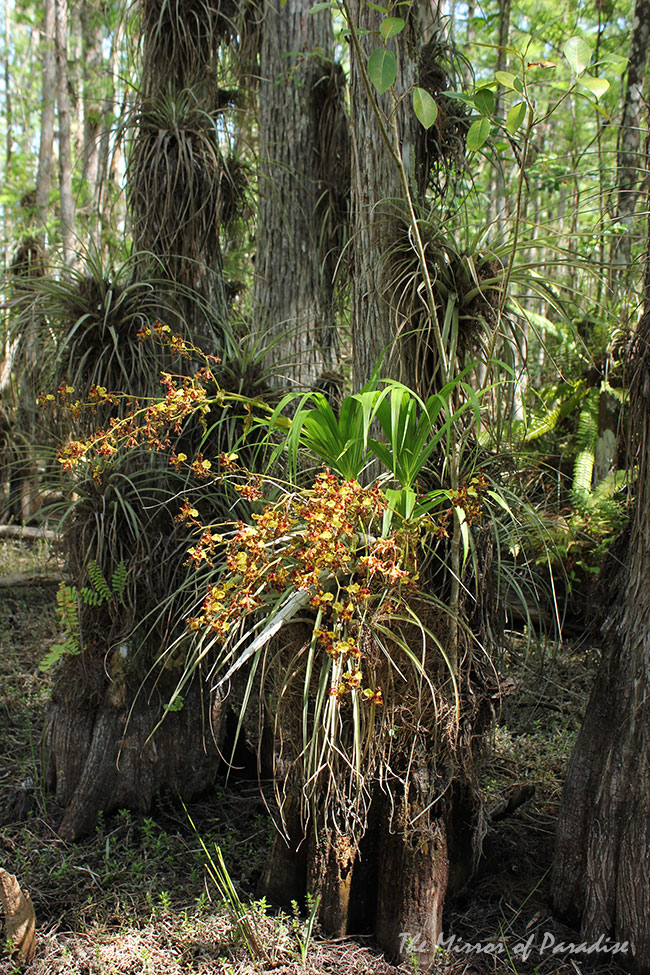
Cowhorn orchid (Cyrtopodium punctatum)
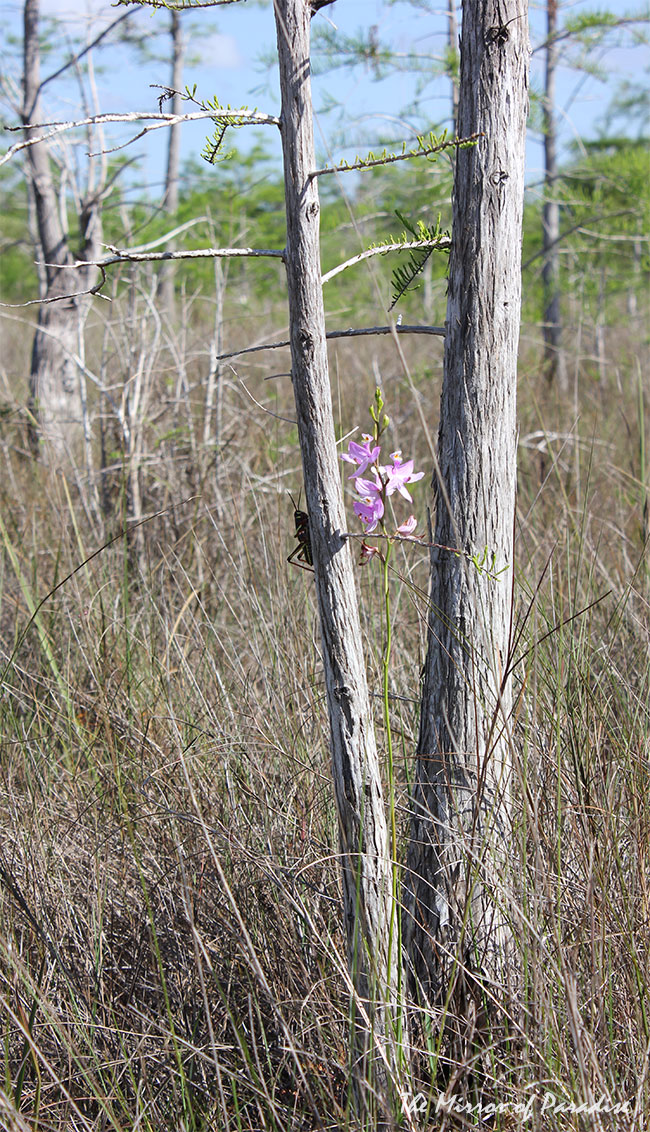
Bearded Grass Pink (Calopogon barbatus)
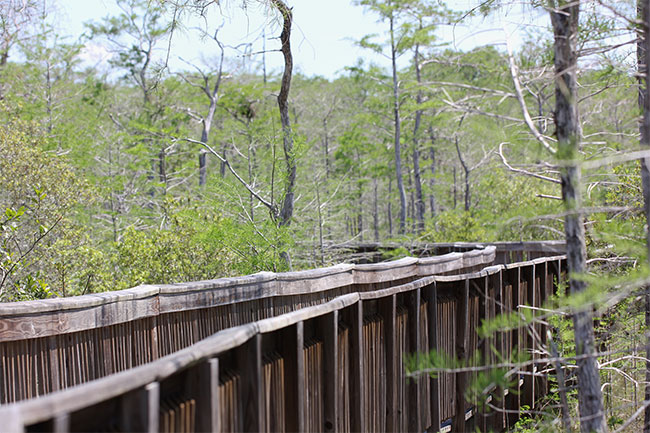
Boardwalk in the Big Cypress Preserve
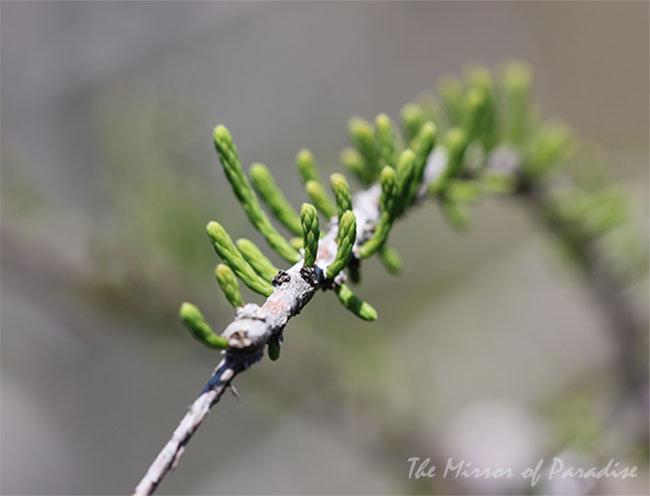
Cypress tree (Taxodium distichum)
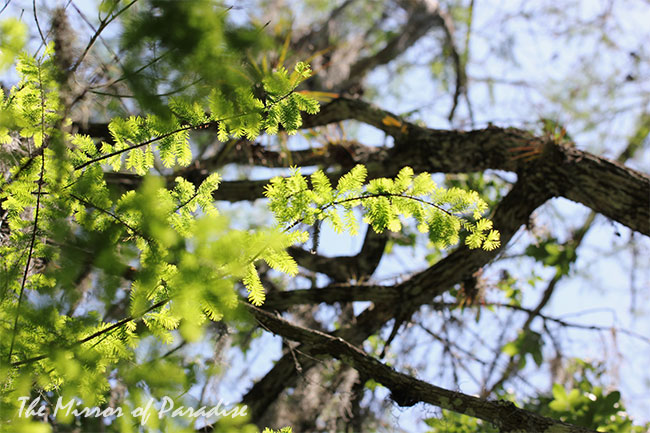
Cypress tree (Taxodium distichum)
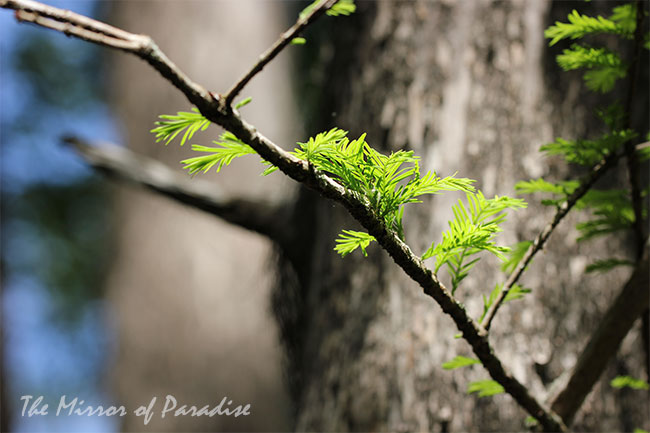
Cypress tree (Taxodium distichum)
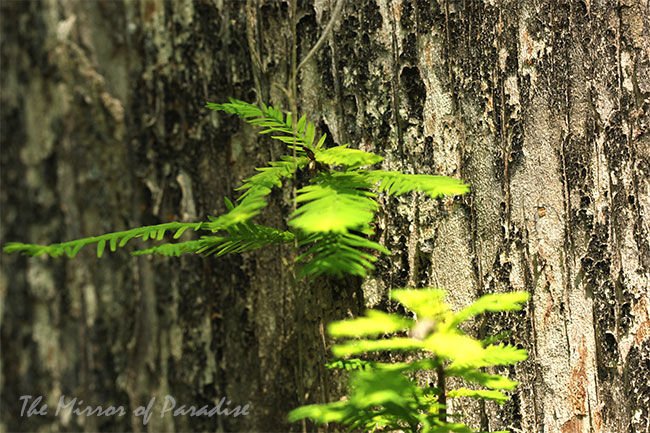
Cypress tree (Taxodium distychum)
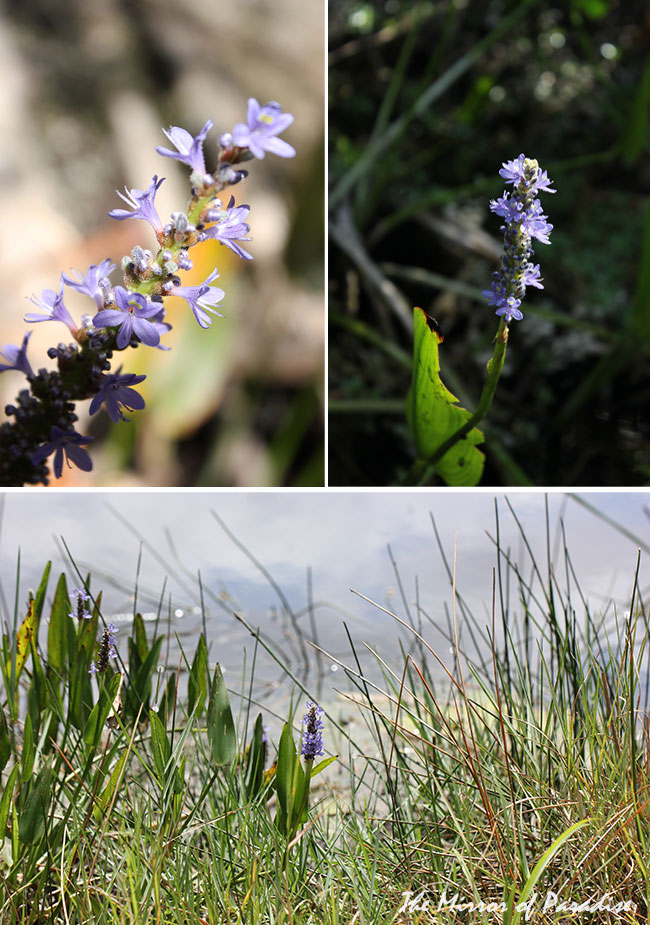
Pickerel weeds (Pontederia cordata)
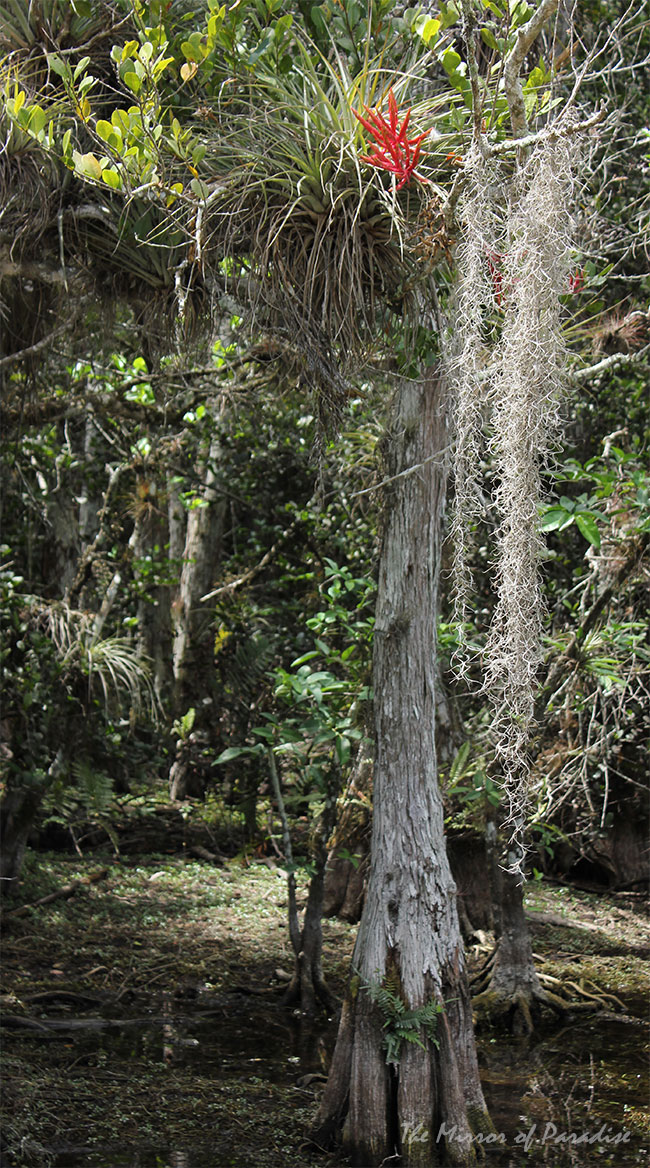
Tillandsia spp. and Spanish moss (Tillandsia usneoides)
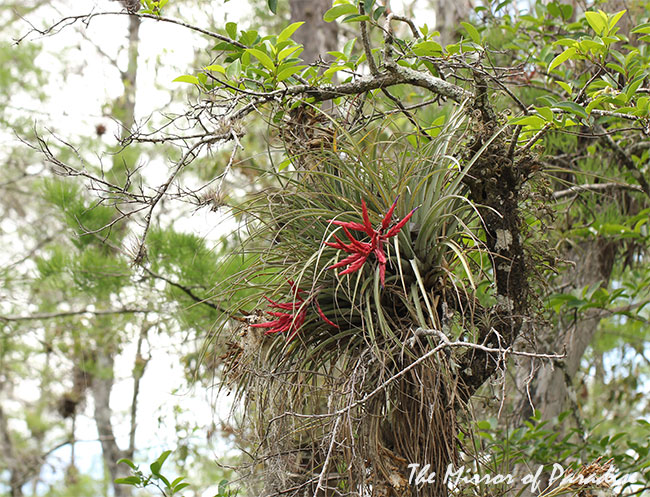
Blooming Tillandsia spp.
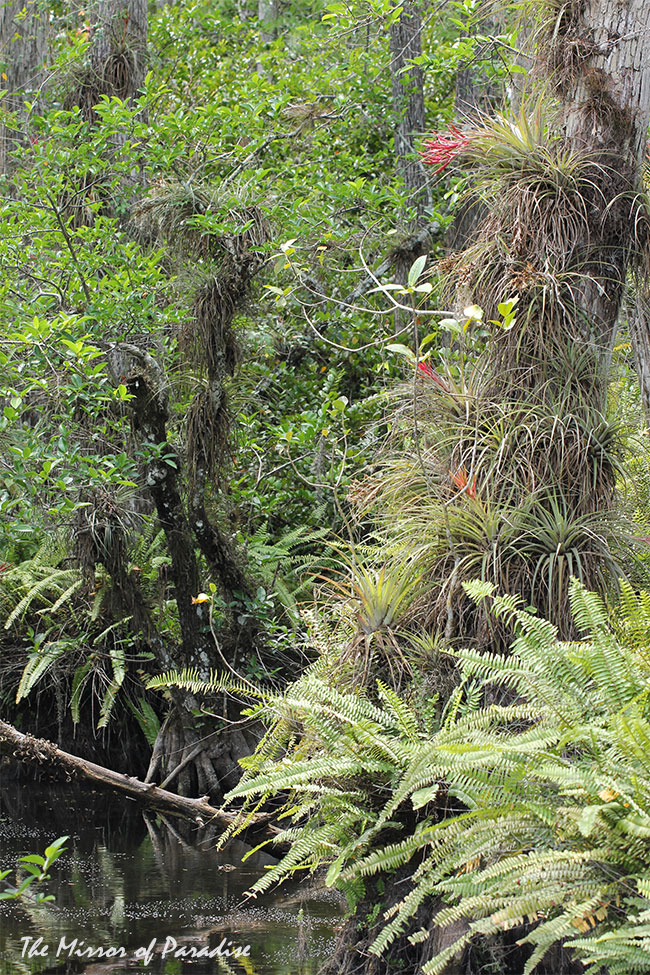
Tillandsia spp.
